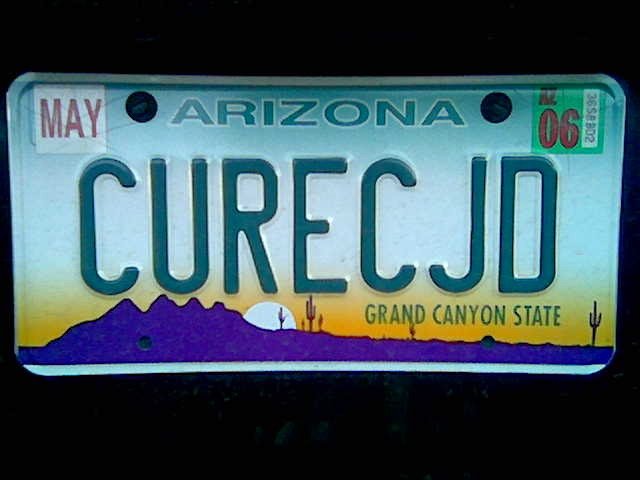As we examine the American dream in literature and film for MET IS 360, we began the course with a look at Native American dreams.
We read Joy Harjo’s
poem Reconciliation – A Prayer,
Sherman Alexie’s The Lone Ranger and Tonto Fistfight in Heaven and viewed
Pow Wow Highway as our film. The themes that run throughout include religion, valuing the tribe over the individual, hope, despair, alcoholism, carrying on tradition, racism, and blending of cultures.
ReligionThe God of the Native Americans believes in respecting Mother Earth and religious practices aren’t as filled with as much hypocrisy as those of America’s European settlers. Important imagery in Pow Wow Highway to illustrate this was when Philbert bought his “pony” to begin his spiritual journey. He gets into the car and rips the Virgin Mary from the dashboard and throws her out the window. At that point, his true spiritual quest begins.
TribeIt was clear from the readings and the film that Native American dreams center around the tribe, which is given a higher regard than the individual. Whereas we are often caught up in the “it’s all about me” way of modern American society, the Native Americans think less about that and more about the good of the tribe.
HopeEveryone has hope of a better tomorrow in all cultures. For the Native Americans in Alexie’s stories, that hope is that the next hot basketball player each year will make it and leave the reservation as a college basketball star or professional athlete. The hope is always that the next generation will break the cycle.
DespairThe despair comes from negative experiences on an economic and social level on the reservation. After encountering underemployment and watching their traditions suffer, a healthy dose of despair is warranted.
AlcoholismDrinking to forget is a theme in both
Pow Wow Highway and
The Lone Ranger and Tonto Fistfight in Heaven.
Pow Wow Highway reminded me a lot of Jack Kerouac's
On The Road mostly because of the diverse characters finding themselves in different scenes in a spontaneous fashion. Even the publishing of
On The Road was the realization of the American dream because it took Kerouac years to get it published. When it finally was, it
met much success!
RacismThe mute child, James, in
Powwow Highway is met with the stigma that Indian children are slow whenever Victor takes him to the doctor to find out why he hasn’t spoken yet. The police in
Powwow Highway are racist and corrupt.
Blending of CulturesThe Native Americans in all the film and literature we covered were fighting to uphold their traditions while also carving out their place in life outside the reservation. At times the two cultures blended while other times they conflicted. Buddy Red Bow in Pow Wow Highway doesn’t think Indians should be moving away from the reservation. But at the same time, he’ll blend cultures when we see him wearing a traditional Cheyenne necklace with a U.S. military purple heart hanging off of it.
We saw the blending of culture once again during our study of Spanish-American dreams. I call it 'duality' because a person has to switch between cultures going back and forth between languages and between sets of traditions.



